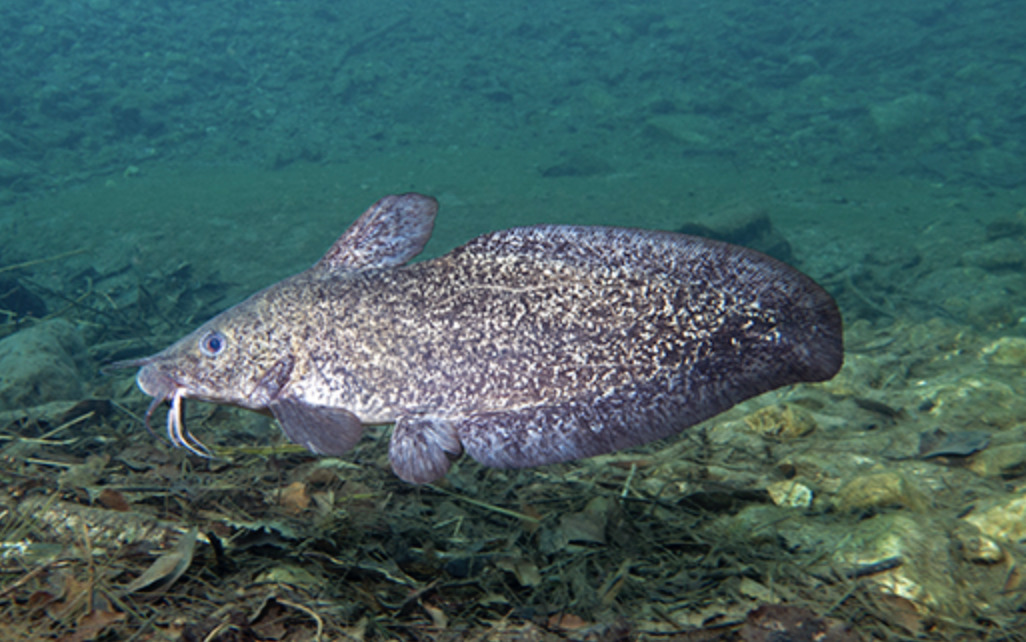OzFish Unlimited worked to support eel-tailed freshwater catfish thanks to a project with the Deniliquin Kolety Lagoons Landcare Group, Joint Indigenous Group, NSW DPI Fisheries, Murray Local Land Services, Edward Wakool Anglers Association, and the Edward Kolety Fishing Challenge.
Photo: NSW DPI
Why Are Eel-Tailed Catfish Important?
In NSW, freshwater eel-tailed catfish numbers have declined substantially following carp invasion. These native fish contribute to the overall health and balance of aquatic ecosystems. Their elongated bodies and eel-like tails allow them to navigate various habitats, including shallow waters and submerged vegetation.
Eel-tailed catfish play a vital ecological role as bottom-dwelling scavengers, consuming organic debris and helping to maintain water cleanliness. They are also prey for larger predatory fish, such as the Murray Cod. Their presence in rivers signifies Australia’s fish habitats’ ecological integrity and diversity.
How To Protect Eel-Tailed Catfish
Freshwater eel-tailed catfish have virtually disappeared from the Murray, Murrumbidgee, and Lachlan catchments. This is thanks to the introduction of carp, barriers to movement and the loss of their natural habitats. Fortunately, they are still relatively common in parts of the Macquarie, Namoi, Gwydir and Border River catchments and coastal catchments North of Newcastle. This means they have good numbers in some parts of Australia’s waterways, but this restocking event replenished areas where their populations have been lacking.
How This Event Came About
This project is 15 years in the making, which took coordinated efforts from several stakeholders. It is the first of its kind for NSW, where large-bodied threatened fish have been released. This event follows 12,000 golden perch fingerlings released into the Edward River at McLean Beach in April 2023. On the day, a large group of onlookers and OzFish volunteers enjoyed the spectacle and assisted with releasing these fish.
Community engagement like this is vital for environmental conservation as it empowers individuals, fosters a sense of collective responsibility, and cultivates a deep connection with nature. It ensures that efforts towards sustainability and preservation are supported and sustained for the benefit of present and future generations.







